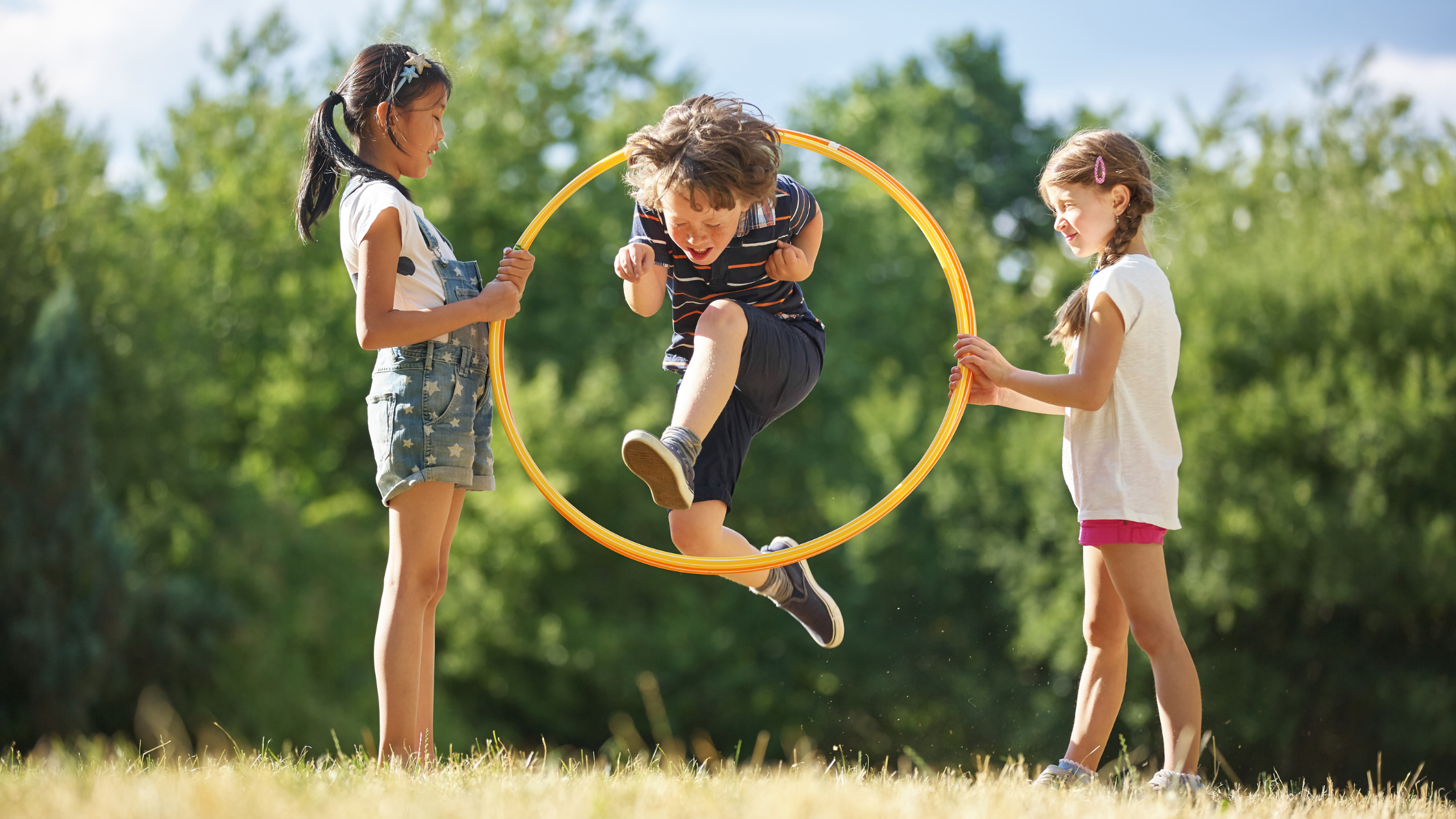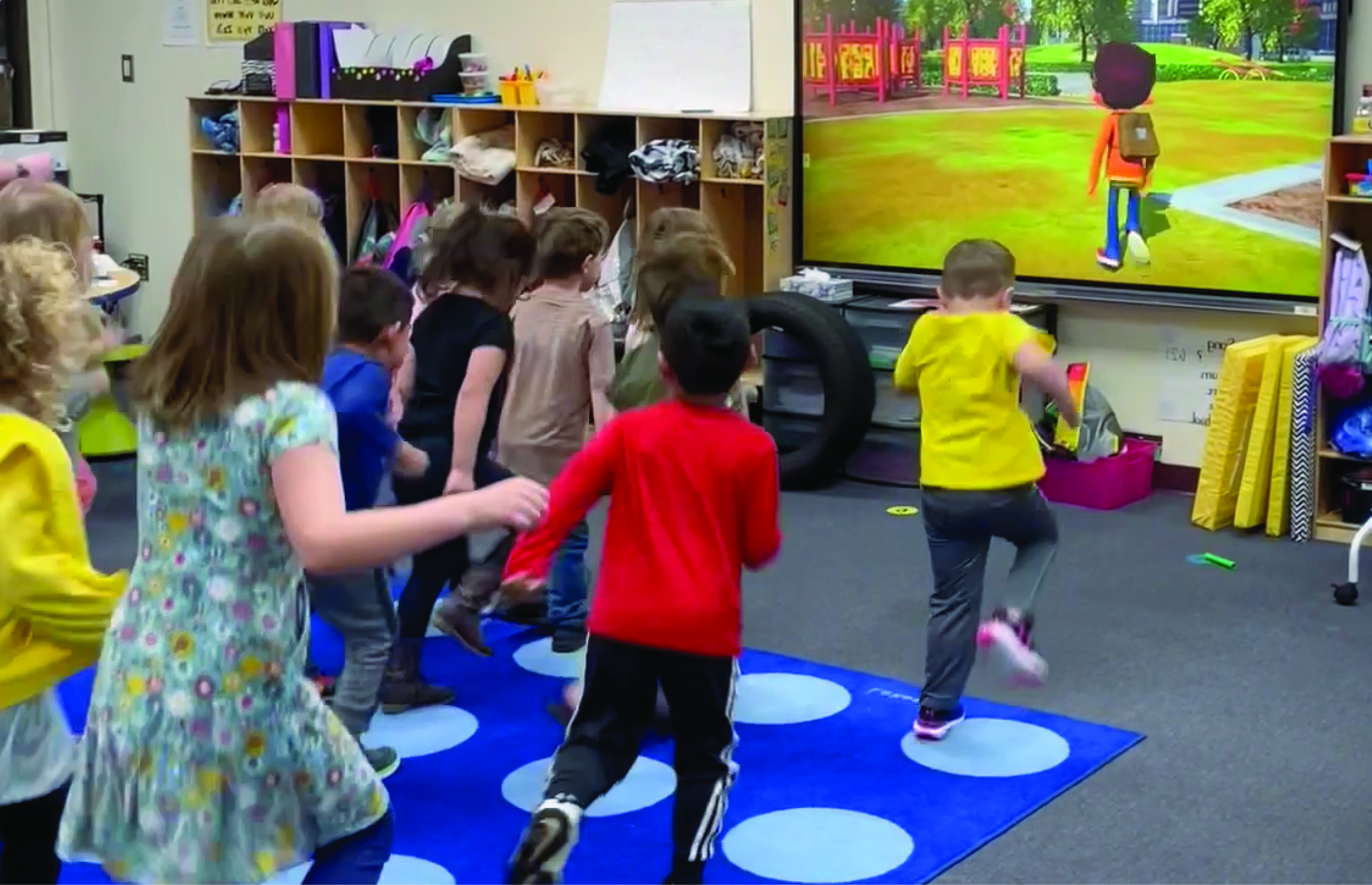
The Power of Positivity
It goes without saying that a positive school environment is beneficial for everyone. The power of positivity can make the day enjoyable, build self-esteem, motivate exceptional performance, evoke a sense of pride in meaningful work, and increase confidence in academic and social situations.
Here are several ideas for achieving a positive school and classroom environment.
SHOW GRATITUDE FOR TEACHERS
The role of an educator is often underappreciated. Recent studies show that in any job, gratitude can increase performance. Employees who feel that their efforts are recognized and appreciated tend to be more motivated to continue performing their tasks well and are happier at work. And this gratitude doesn’t have to be in the form of monetary or material benefits. Fifty-eight percent of employees said that a simple “thank-you” from a manager is enough to make them feel appreciated.
As adults, we teach children the importance of saying “Please” and “Thank You,” but we may sometimes forget to utilize that same premise as adults. It’s not too late to remedy that! In fact, Teacher Appreciation Week is coming up, and if you’d like to show gratitude, all it takes is a simple “thank-you.” If you want to show appreciation in other ways, teachers share their suggestions about Teacher Appreciation Day.
STUDENT COMPLIMENTS
Children also crave recognition for a job well done. Teachers can praise students with high-fives, stickers, or a simple verbal acknowledgment.
Receiving acknowledgment from other students is also extremely beneficial for students’ self-esteem and personal motivation. Give students the opportunity to praise each other to build rapport among peers, encourage students to practice positivity, and raise self-worth.
A school in the Chicago, IL, suburb of Arlington Heights took this idea to a new level technologically. They created a Google form that students can fill out to compliment their peers with Tweets. A student types the compliment, and the school administration approves it. After it is approved, the Tweet goes live with the hashtag #TMSCompliments. The school has several displays that show this Twitter feed so everyone in the school can see the compliments. This type of public recognition and confirmation has boosted the positivity levels of students and fosters a collaborative and upbeat school environment.
GET MOVING
Adding movement into the school day is also a way to boost positivity levels. The Centers for Disease Control and Prevention (CDC) recommends 60 minutes of movement a day for physical health reasons, but the mental health benefits are also important.
According to research conducted by Fast Company, the brain often interprets exercise as a stressor. To help combat that stress, it “releases a protein called BDNF that has a protective and also reparative element to your memory neurons and acts as a reset switch.” That protein is the reason we feel so calm after physical activity.
Exercise, even as little as 20 minutes, releases endorphins in our system to combat that physical stress and improve mental clarity and boost mood. That means that going for a walk, doing a Walkabout, or having students to do jumping jacks can brighten the mood in your classroom.
CELEBRATE SMALL VICTORIES
When teachers lay out lesson plans for the year or think about upcoming standardized testing, they think about big-picture goals. Those high-level objectives are crucial because they point you in the direction you want to go. Succeeding in those goals at the end of the year will make you feel on top of the world, so why not celebrate the small victories as well?
You deserve to feel good about the progress you and your students make throughout the school year. Set up weekly goals that help you work toward your end objective. If you want all your students to pass a difficult reading test at the end of the year, celebrate when everyone does well on a smaller benchmark. Accomplishing small tasks can be just as rewarding as celebrating the big victories, increasing positivity and even the likelihood of greater success later on.
What do you do to promote positivity in your classroom?





